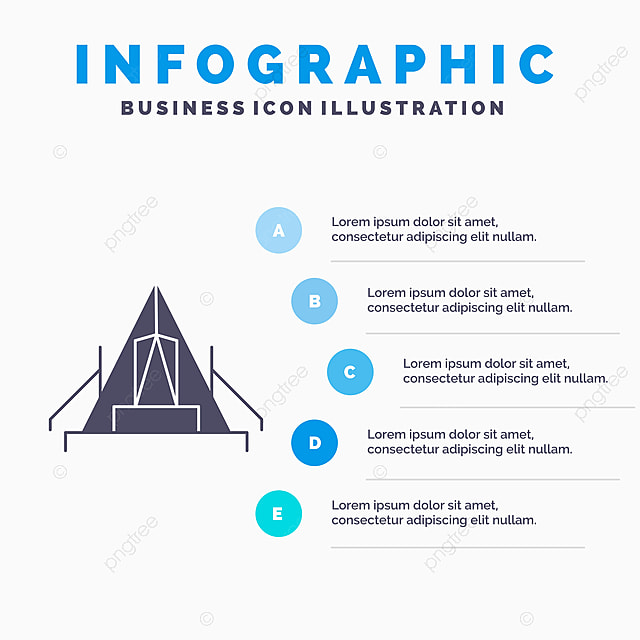While telescopes are a terrific method to check out the evening sky, binoculars are ideal for spur of the moment stargazing. They are little and mobile, and don't need a tripod.
How do you pack a bell tent?
Binoculars can assist you pick out Saturn's rings, the delicate earthshine on a crescent moon and remote Neptune, which shines greenish-bluish from methane in its ambience. They additionally let you observe open and globular star clusters, and pale nebulae like M17 in Sagittarius.
Magnification
The magnification number is the first thing to look for when looking for binoculars. This number refers to the size of the objective lens, which identifies exactly how brilliant an item appears. The larger the lens, the brighter a things will show up.
Remember that zoom alone won't reveal even more image information; the resolving power of the optics is also vital. The smaller sized the settling power, the harder it is to separate objects that are close together.
A huge magnifying can additionally decrease the field of view, which restricts just how vast a location you can see at once. Make certain to examine the "field of vision" specification on the field glasses you are thinking about, as also versions with similar zoom can have wildly different FOV's! A higher FOV will certainly make it much easier to find and track objects, especially if you're checking throughout the sky. It's also an excellent concept to think about whether you want your field glasses to be photo maintained, which will compensate for the motion of your hands and create a solitary image.
Field of vision
The field of view is the amount of room that can be observed. This is a crucial aspect to consider when buying field glasses. The bigger the field of view, the even more things you will certainly have the ability to see without moving the binoculars. For example, you will certainly be able to locate fast-moving wild birds simpler and more quickly. It will certainly likewise be much easier to situate tiny galaxies or star clusters in huge observations.
Many binoculars will display the angular and linear field of view on among their barrels. The angular field of vision will be given in degrees and the linear field of view will be stated in feet observed at 1,000 yards or meters observed at 1,000 meters.
Occasionally the angular and straight field of vision will be listed with each other in a table. It is important to note that the angular and straight field of visions will be different, also when the zoom is the same.
Eyepieces
The eyepiece is the lens or team of lenses between the last photo in an optical instrument and the viewer. It offers to amplify that image, and as a result identifies its magnification.
Regular binoculars have a central emphasis wheel between the two barrels that can be used to concentrate them on an object. They additionally have a tiny, stiff-turning wheel by the best eyepiece called a diopter to make up for distinctions between a visitor's teepee tent for adults eyes.
Field glasses can be used by myopic (near-sighted) and hyperopic (discerning) users without the demand for glasses. However, those with extreme astigmatism ought to still wear their spectacles while using field glasses. Binoculars have a bigger exit student than telescopes, and so it's much easier for the user to position their eyes in the right position for watching objects. This assists to stay clear of blurry pictures brought on by vignetting, or darkening of the picture around the side of the field of view. A bigger leave pupil likewise permits a customer to move their eyes swiftly from one object to one more.
Tripods
For the very best results with both field glasses and telescopes you will wish to use a tripod. It does not have to be an elegant electronic camera type tripod either, a lot of binoculars have what is called a tripod adapter port that accepts a basic one and is reasonably affordable and simple to obtain.
The primary factor that astronomers use telescopes is that their larger aperture supplies far better light gathering which enables them to see greater resolution images of faint deep skies things, like star clusters and nebulae, while still maintaining a big field of vision. Field glasses do not have this capacity and, with a small aperture, they can not fix photos as greatly as a telescope.
How do you maintain a canvas tent?
With the best conditions, however, it is feasible to delight in watching numerous expensive items with a set of binoculars. Utilizing them to wander the summer season skies for binary stars, or to move splendid celebrity fields on a clear evening is an exciting experience.
